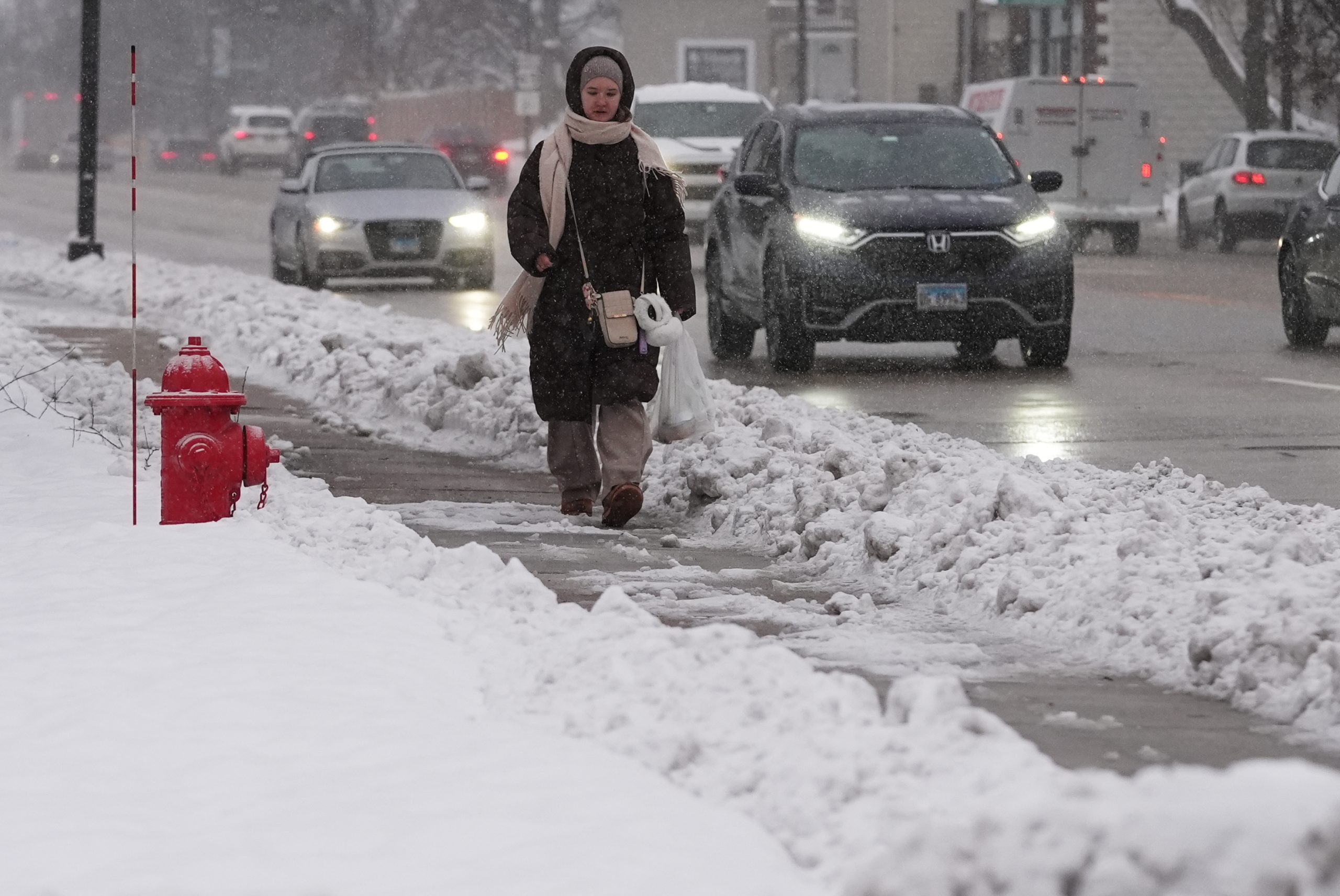Astrange type of stream that isn’t protected from pollution by law could impact water quality across the country.
These rivers, called ephemeral streams, only flow after rainfall or snowmelt. Last year, the Supreme Court ruled that they do not fall under the protection of the Clean Water Act.
However, a new study in the journal Science has found that these ephemeral streams may contribute over 50 percent of the flow in downstream river systems.
This means that any pollution that legally enters these ephemeral streams could have widespread reach across the United States river network.
In the paper, the researchers from the University of Massachusetts Amherst describe how they modeled where the water in over 20 million rivers, lakes and reservoirs had originated. They discovered that 55 percent of the water discharged into the oceans by river systems comes from ephemeral streams.
They also found that in the west of the U.S., ephemeral streams were even higher contributors to downstream flow, at up to 79 percent on average. The discharge of river systems in Black Rock Desert, Nevada, and Humboldt County, California, is 94 percent comprised of ephemeral stream water.
For instance, 94 percent of the water coming out of the river systems in Black Rock Desert, Nevada, and Humboldt County, California, comes from ephemeral streams.
“Normally, when we think about ephemeral streams, we think of dry riverbeds in the desert,” paper co-author Craig Brinkerhoff, a doctoral graduate at the University of Massachusetts Amherst, said in a statement. “The groundwater table is always way below the land surface.”
“Even on the East Coast, even in a humid place where there’s a ton of groundwater, ephemeral streams are still exerting a big influence.”
Unlike perennial streams, which flow continuously throughout the year, ephemeral streams are dry for most of the year and only carry water during and immediately after periods of significant precipitation. They are protected under the Clean Water Act, which regulates what nutrients and pollutants can be chucked into a river. Ephemeral streams are no longer protected under this act.
“The Clean Water Act regulates where and how much we can dump into water bodies—water bodies being rivers, lakes, wetlands, reservoirs, etc.,” said Brinkerhoff.
“[Ephemeral streams are] not flowing most of the time, but then you get a big enough rainstorm and all of a sudden you’re pushing the stuff that’s been accumulating in those rivers downstream. In theory, pollution in those ephemeral streams will ultimately influence water many kilometers away that is, at least nominally, still regulated by the Clean Water Act,” he said
In 2023, during the Sackett v. Environmental Protection Agency case, the Supreme Court ruled that CWA-protected water bodies would include “only those relatively permanent, standing or continuously flowing bodies of water forming geographical features that are described in ordinary parlance as streams, oceans, rivers, and lakes.”
This means that ephemeral streams are no longer protected by the CWA. However, as this new research shows, that leaves the majority of other rivers in the country vulnerable to whatever unregulated pollution may enter them via the large ephemeral stream inflow.
“Water pollution is a transboundary issue that clearly implicates interstate commerce, such that Congress could regulate ephemeral streams even if they are not the kind of ‘navigable waters’ that Congress has historically exerted federal authority over,” paper co-author Doug Kysar, a professor of law at Yale Law School, said in the statement.
“The irony is that the federal Clean Water Act was adopted precisely because state and local governments were thought to be doing a poor job of protecting the nation’s waterways,” he added.
“Our research helps to explain why that would be the case, as it shows just how far downstream from an ephemeral waterway the ultimate impacts of pollution can be felt. States don’t necessarily have incentives to adopt costly water protections when the benefits will be felt by ecosystems out of state.”
Therefore, the exclusion of ephemeral streams from the CWA has reduced federal authority to protect rivers all across the country.
“Our study provides more concrete evidence that all of these things are connected,” said Brinkerhoff. “We can’t regulate water bodies ad hoc.”




